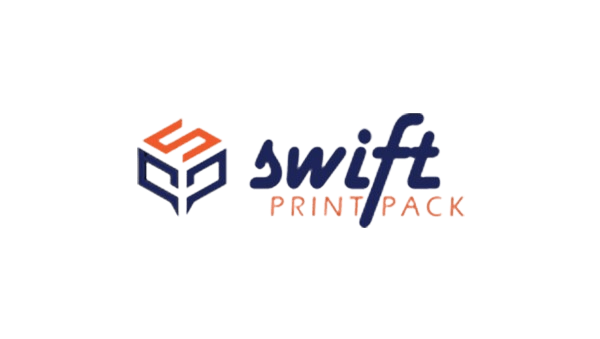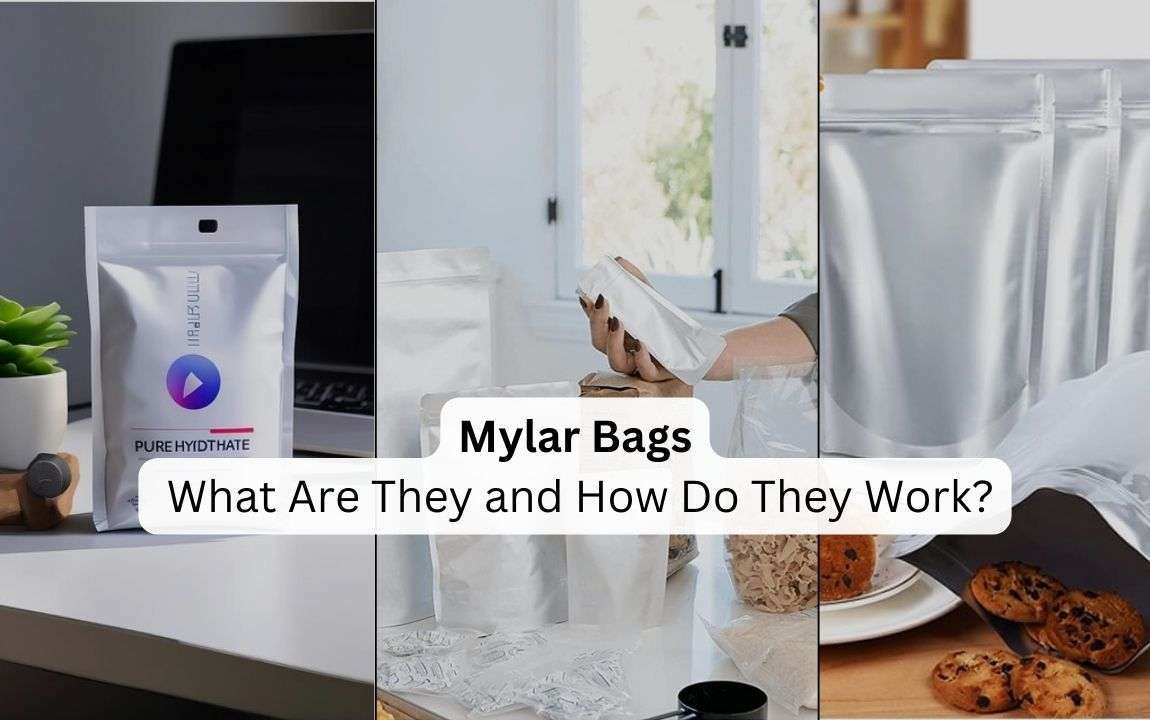Clothing packaging is more than just wrapping up the clothes; rather, it is an opportunity for brands to show off their style and keep their products safe. There are so many options available for protective boxes to eco-friendly packaging. Let us explore the best type of clothing packaging and learn from some helpful tips on how to store and ship apparels.
Fashion Packaging Importance
Excellent packing of clothes saves them and creates a good impression among customers. If a customer has ordered a shirt, dress, or sportswear, he would like to get it in the best condition. If a package of clothes is strong and neat, stylish, too—that will save items and make customers happy with their purchase.
Types of Garment Packaging
It could assume several different kinds of packaging for various kinds of clothing items. Some popular types that do a fantastic job in keeping your apparel safe and presentable include:
Cardboard Boxes
Cardboard boxes and apparel gift boxes are stiff and protect the clothes during shipment. Brands can design the boxes to fit specific clothing items, such as suits, dresses, or shoes. Brands normally print their logos on these boxes for added fashion.
Rigid boxers
Rigid boxes are much stronger than regular cardboard boxes. Brands often use them for luxury items or gifts, enhancing the premium feel of the unboxing experience. These boxes are ideal for storing special items like wedding dresses or custom-tailored jackets.
Mailing Bags
Mailbags are so lightweight, easy to use, and barely take any space at all. They are ideal for these tiny pieces of merchandise, accessories, and clothing alike, like t-shirts and scarves. Brands also use mailbags made from highly eco-friendly materials, which are ideal for reducing waste.
Plastic and Biodegradable Poly-Bags
These poly bags are very minimalist and keep the clothes dust- or water-proof. More common perhaps are plastic poly bags, but some brands are now using biodegradable material, which is friendlier to the planet.
Bubble Mailers
More fragile items find an additional layer of protection in bubble mailers through the padding inside. They prevent garments from wrinkling or sustaining damage during long trips.
Wrapping of Tissues
This gives a nice finish to the garments and makes the packaging classier. It’s a small way to make the apparel feel just a little bit extra special that moment your customer opens their package.
Creative ideas launched for garment packaging
Fashion brands distinguish themselves through their unique custom packaging. Here are a few creative ideas to make clothes packaging memorable:
- Transparent Windows: Transparent window boxes can allow the customer to see what’s inside without necessarily having to open the box. These are really great for items such as caps or any other accessory.
- Personalized Messages: The card of gratitude or a small message inside of it can make this customer experience much more special. By this, many brands try to build close relationships with customers.
- Branded Stickers: Adding some stickers with the brand’s logo or fun designs will make simple packaging look better. The stickers also help to establish brand recognition.
- Green packaging: Caring for the environment is very important to many buyers, and for that, they like brands that really show their concern. Using recycled, reusable, or compostable packaging connects brands with eco-conscious buyers.
Eco-friendly options in garment packaging
The trend of sustainable packaging is turning out to be pretty big. The reason being, everyone seems to look for ways through which the environment can be protected. Following are a few options for eco-friendly clothing packaging.
Kraft boxes
We create Kraft boxes from recycled and biodegradable materials. This allows them to look very natural and assures customers that a brand truly cares about the environment.
Reusable Cloth Bags
Customers can reuse these cloth bags for storage or shopping. These bags are fun and stylish options for brands keen on reducing single-use packaging.
Compostable Bags
Compostable bags resemble regular plastic but gradually degrade over time, helping reduce environmental pollution. These are great for t-shirts or lightweight clothes.
Minimum packagings
Other than taking extra wraps or plastics, brands can keep it simple with minimal packaging. This will help reduce any visible waste and save up on shipment costs.
How to Pack Clothes for Shipping
Packing your clothes the right way can be a very vital task in keeping them fresh. The following steps can help you in packing clothes safely:
- Fold Neatly: Folding clothes neatly keeps the wrinkles away. To be specific: for shirts, fold in the sleeves and fold in half; for pants, fold lengthwise and then into half.
- Use Tissue Paper: Place a sheet of tissue paper in between folded items to reduce wrinkles. It also provides added protection, especially for those made of delicate fabrics.
- Wrap with Care: If the clothes are super fragile or have some sort of fragile ornamentation on, then bubble wrap is a good idea to provide extra protection.
- Choose the Right Box Size: A too-large box will enable garments to shift around and wrinkle or get damaged. Choose one that will allow them to fit in comfortably and still have area for cushioning.
- Seal the box appropriately: Make sure the box does not allow the inside to get wet or dirty. Heavy tape on all edges can keep the box from opening.

Clothing Packing-Things to Consider
Packaging is something the brands can use to their advantage if they remember:
Consider the Customer Experience
how something looks and feels when in a customer’s hands is a big part of their experience. Sometimes, small details such as branded stickers or folded neatness can create all the difference.
Protection Focus
The main job of clothing’s packaging is to protect the item. Ensure that packaging can withstand the journey from a warehouse to a customer without damage.
Stay on brand
The packaging should be a reflection of the style in which the apparel brand is expressing itself. If the brand is sporty, sleek, or even luxury-so too should the packaging.
The packaging of clothes meant for different types of garments
Some items of clothing may require certain types of packaging. Here’s how to pack a few common types:
- Sportswear: Sportswear packaging should be light and durable; some of the popular solutions are mailers or poly bags. Many sportswear brands want eco-friendly packaging for their activewear.
- Expensive Clothing: These range from rigid boxes to tissue-wrapped packages, which remain extremely popular for luxury items. They protect the clothing and give it a high-end feel.
- Seasonal items: Seasonal items, such as winter jackets could be seasonal in nature, require perhaps additional measures of protection. Packing heavier items in a corrugated box during shipment provides strong protection.
Small Brands’ Clothing Packaging Ideas
If you are any small brand looking into creating an impression amongst people, here are a couple of packaging ideas:
Add a Personal Note
Something as simple as adding a thank-you note or even just a small story about the brand helps to build a personal connection with your customer.
Offer Eco-friendly Alternatives
The fact is that many customers would appreciate eco-friendly packaging. Using recycled paper for wrapping can already make a positive difference.
Focus on Branding
Small brands should not let slip the opportunity to add simple logo stickers or printed sealing tape to create differentiation. This might create a memorable impression, sans expensive packaging.
Conclusion
Packaging of clothes plays a huge role in customer satisfaction, protection, and branding. From simple cardboard boxes to fashionable tissue wraps, the right packing can make clothes look and feel valuable. By paying attention to eco-friendly options, neat folding, and branding, it’s possible for big and small brands alike to provide items of clothing packaging that will not only make them look good but also feel good with what they purchased.





